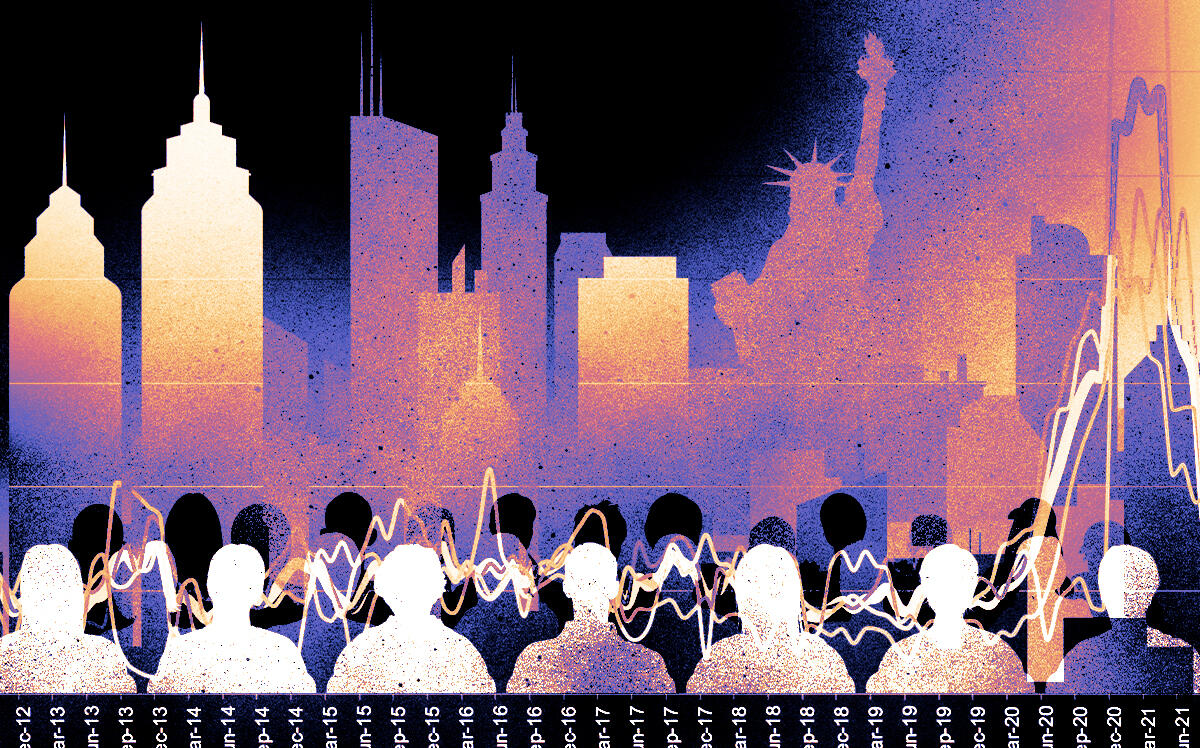Trending
TRD Pro: Twists and turns of Manhattan’s vacancy rate
After turbulent two years, numbers have normalized

The following is one of the hundreds of data sets available on TRD Pro — the one-stop real estate terminal for all the data and market information you need.
Manhattan’s rental vacancy rate has historically reflected the pulse of its residents, never more so than in the past couple of years.
When Covid lockdowns went into effect across New York City in March of 2020, a rise in vacancy followed. The city saw a major spike in unoccupied apartments that lasted a year, with the vacancy rate growing to about 12 percent.
Manhattan had not reached such levels since shortly after 9/11, when Lower Manhattan vacancy peaked at 15.2 percent, according to the Department of City Planning.
![Manhattan Rental Vacancy Rate [Sources: Miller Samuel, REBNY, Douglas Elliman]](https://static.therealdeal.com/wp-content/uploads/2022/12/Oct22MHTrent-vac-scaled-1.jpg)
Manhattan Rental Vacancy Rate [Sources: Miller Samuel, REBNY, Douglas Elliman]
When the pandemic caused a state of emergency across the city, Downtown and Lower Manhattan were again hit the hardest, with vacancy rates surging to nearly 18 percent, or almost six points higher than the borough’s average.
![Manhattan Residential Rental Vacancy Rate (neighborhood) [Source: Miller Samuel, Inc. — REBNY, Douglas Elliman]](https://static.therealdeal.com/wp-content/uploads/2022/12/Oct22MHTrent-nyVAC-scaled-1.jpg)
Manhattan Residential Rental Vacancy Rate (neighborhood) [Source: Miller Samuel, Inc. — REBNY, Douglas Elliman]
Vacancy rates have returned to levels on par with the past 15 years. In October, vacancy rates in Manhattan were 2.35 percent, nearly in line with what they were the year prior at 2.11 percent, per Miller Samuel’s Elliman report.
The reported mass exodus from New York City was temporary, and the historic vacancy rates did not persist as people who left during the height of the pandemic either returned or were replaced by newcomers seeing a rare chance at discounted housing.
Yet, some have argued that the vacancy rate is deceiving. Tens of thousands of apartments — the number depends on who is counting — are empty but not on the market.




